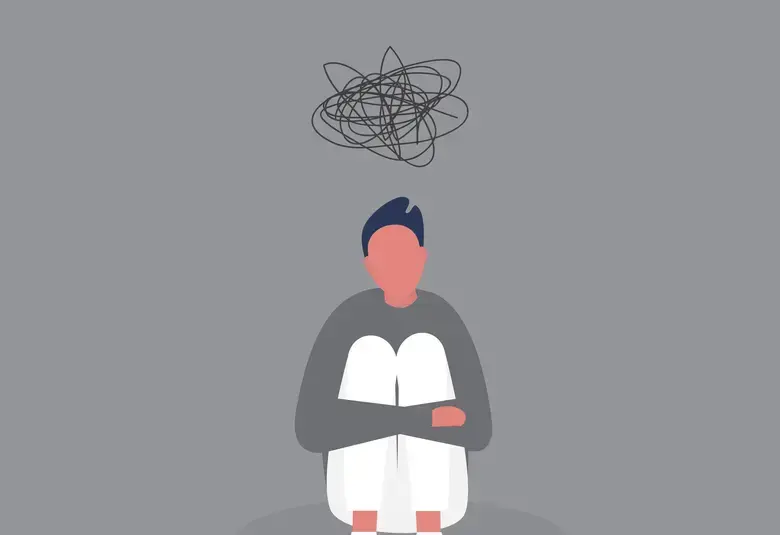Lived-experience peer support often leads to successful engagement of previously difficult-to engage patients with serious mental illness within the mental health care system; and as a result, improves patient and clinical outcomes. Digital technologies are now providing new opportunities for and access to peer support, as discussed in a presentation for APA 2020 On-Demand.
Peer support supporting clinical care
Builds trust more rapidly than most clinical relationships
Lived-experience peer support workers share their experiences of living with psychiatric diagnoses and navigating a complex health care system with patients who have serious mental illness (SMI). This can build trust with people with SMI more rapidly than most clinical relationships and is an established practice in the United States, said Patrick Hendry, Vice President Peer Advocacy, Mental Health America.
Peer support services are integrated into treatment plans and aligned with treatment goals. They can lead to decreased substance abuse1 and improved clinical outcomes resulting in:
- fewer hospitalizations
- decreased duration of hospital stays2
The field of online peer support is changing rapidly
Technology is changing the mental health care treatment landscape
Widespread availability of smartphones has created opportunities for:
- peer support workers, who can now provide asynchronous (not-real-time) support that reaches many people
- people with SMI, who can now access peer support remotely
Peer support workers can provide recommendations and guidance to patients about technologies facilitating peer support, and online peer support groups are growing rapidly, said Patrick Hendry.
Some type of digital peer support can now be found for people with a wide range of lived experience with mental health disorders, some good, some excellent and some have the potential for harm, he added.
Digital peer support is a major asset to achieving recovery goals
Peer support can be provided through apps, but only a small portion of users of mental health apps use them for more than a few days,3 noted John Torous, Director of Digital Psychiatry, Beth Israel Deaconess Medical Center, MA; and most apps do not follow established practices and guidelines or data protection regulations.4
Inevitably though digital peer support is becoming a major asset to achieving recovery goals, and it has been suggested that people with lived experience of recovery should be represented on expert groups that set digital mental health standards.5
For the latest updates on sea.progress.im, subscribe to our Telegram Channel https://bit.ly/telePiM
Our correspondent’s highlights from the symposium are meant as a fair representation of the scientific content presented. The views and opinions expressed on this page do not necessarily reflect those of Lundbeck.




